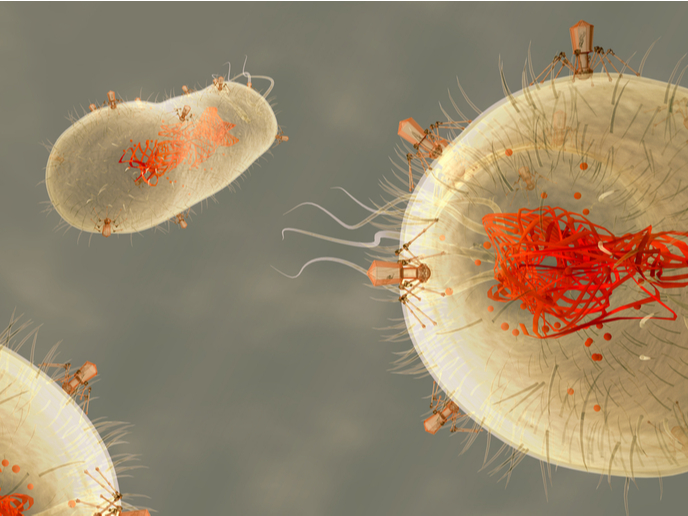Mathematical theory and statistical methods to aid biology
By carrying out research at the crossroads of mathematics, statistics and biology, the EU-funded SPAECO (Spatial ecology: Bringing mathematical theory and data together) project set out to devise mathematical theories and statistical approaches that link these theories to data. Project partners created and analysed spatial and stochastic individual-based models formulated as spatiotemporal point processes. Findings show how the feedback between ecological and evolutionary dynamics is influenced by the properties of species and the nature of population dynamics. They further developed these methods in order to study spatiotemporal population dynamics, particularly population extinction and other large fluctuations. To link theory to data, the SPAECO team worked on several statistical approaches. It developed models of animal movement and methods for their parameterisation, a mathematical framework and associated statistical methods to address questions in evolutionary quantitative genetics, as well as hierarchical Bayesian approaches to analyse data on species communities. As some examples of concrete case studies, researchers created an individual-based model that describes the population dynamics of the Glanville fritillary butterfly within a network of about 4 000 habitat patches. They combined DNA barcoding with morphological data on wood-decaying fungi to explore the relationships between mycelial and fruit body occurrences in the field. Findings of the latter study showed that specialist species have a very low fruiting rate, suggesting the main difficulty for many of the threatened species is fruit-body formation instead of mycelial colonisation. In all, >50 papers were published in peer-reviewed international journals. A synthesis of the project outputs is presented in the book by Ovaskainen et al. 2016: Quantitative Ecology and Evolutionary Biology: Integrating Models with Data (Oxford University Press). By focusing on a variety of models, from spatiotemporal population dynamics to Bayesian approaches in evolutionary quantitative genetics, SPAECO was able to introduce both mathematical theory and statistical methods that can be used to relate the theories to data.







